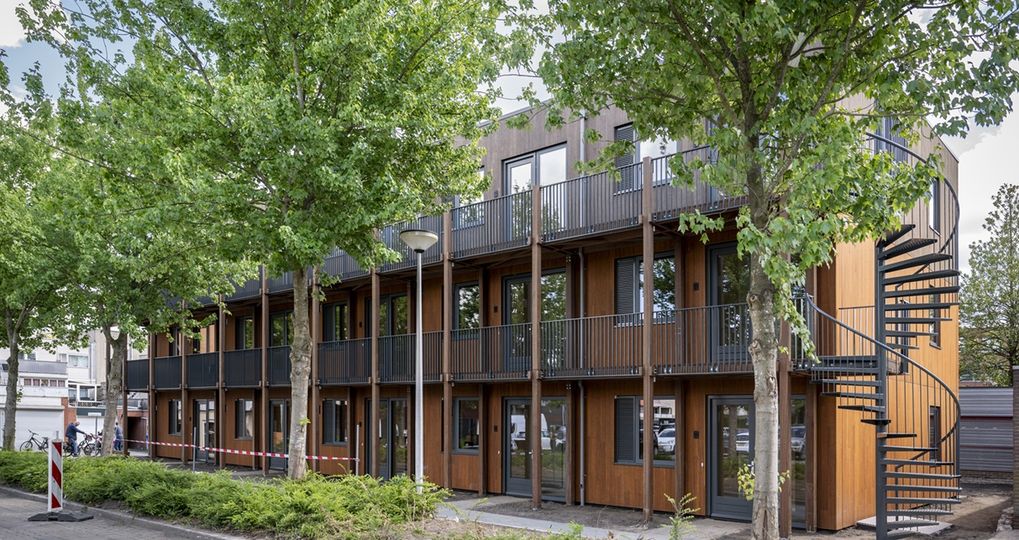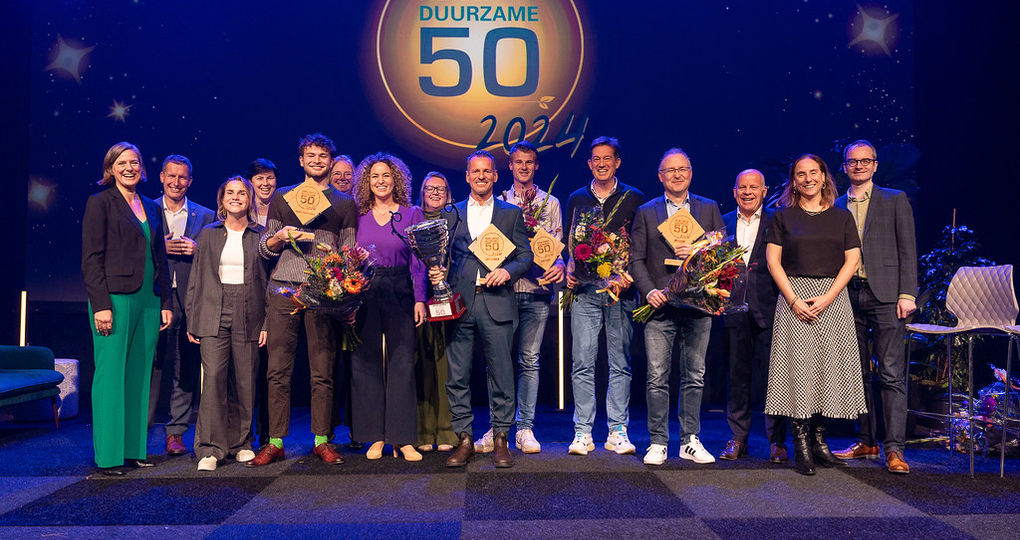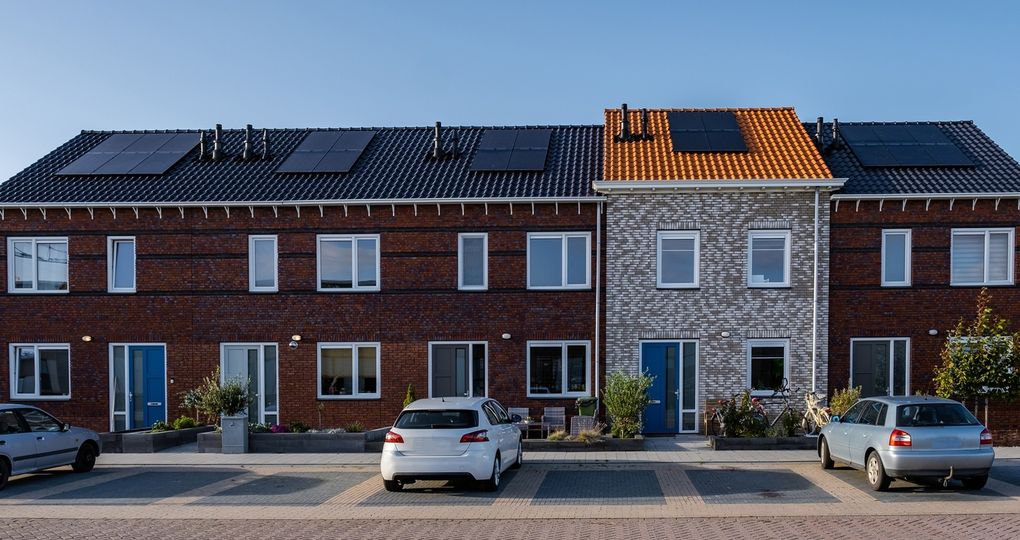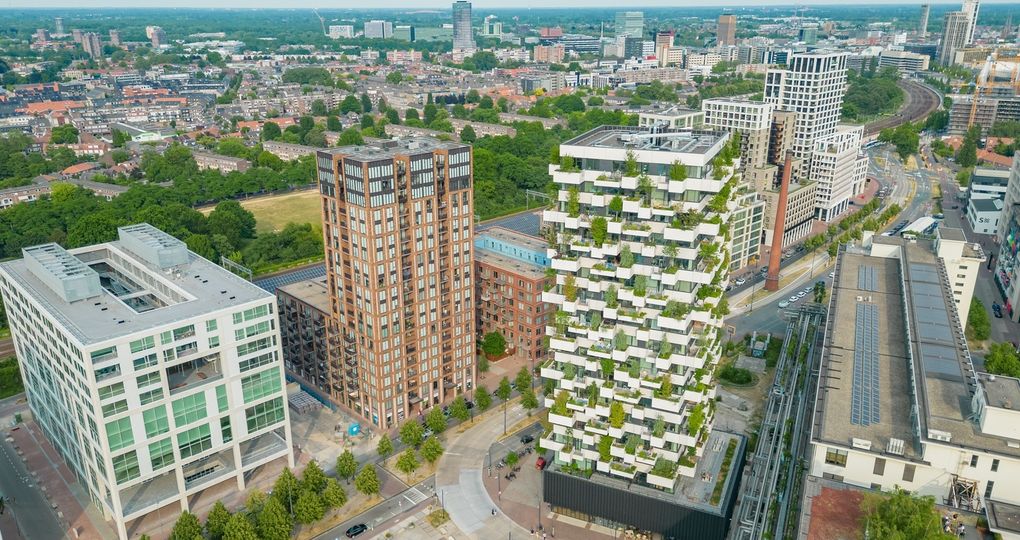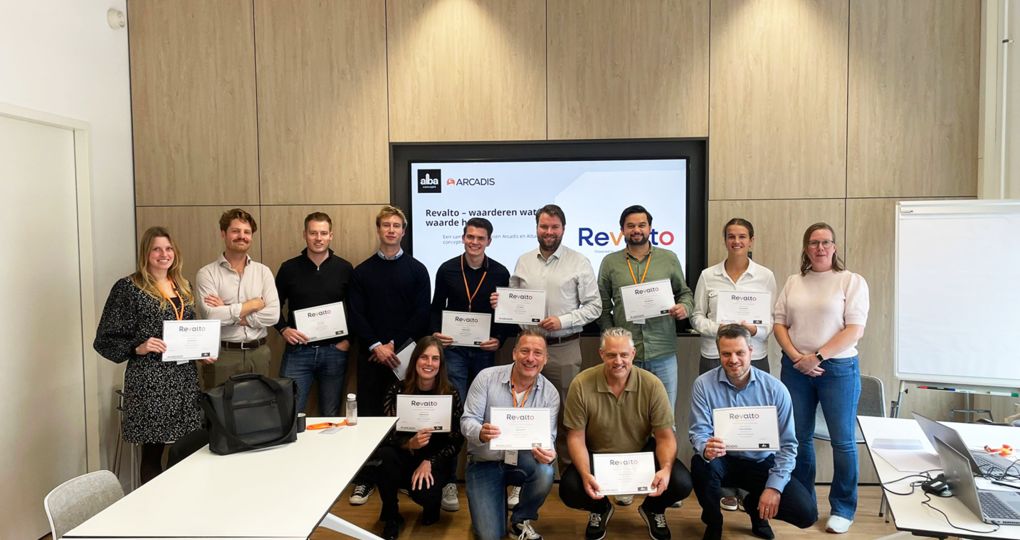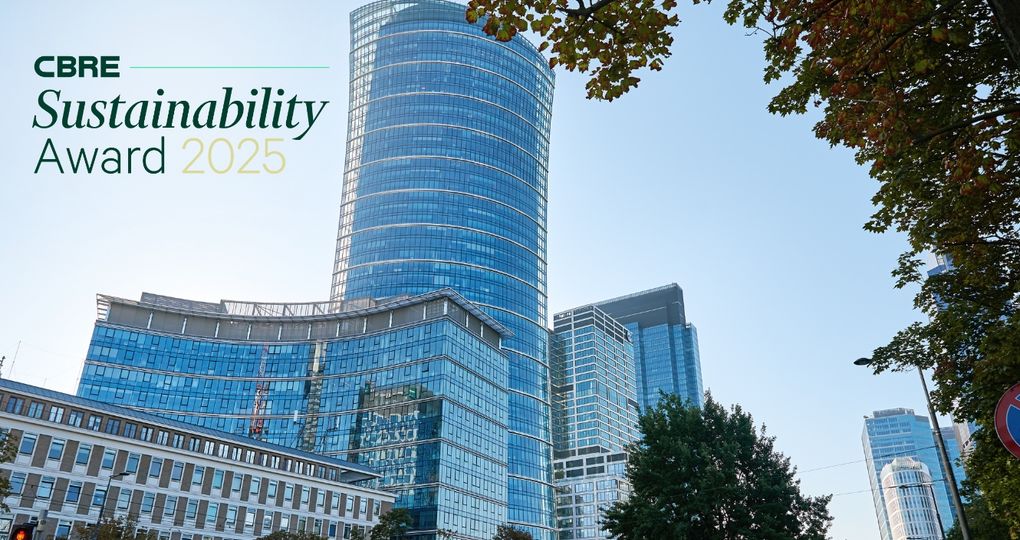“Criticism on Cradle to Cradle? Right on schedule,” says Michael Braungart
Now that many companies and authorities have started to work with Cradle to Cradle, the first mistakes have been made and the first misconceptions are cropping up. Diana den Held speaks exclusively for www.duurzaamgebouwd.nl with Michael Braungart.
First, let’s start with a definition. What is in fact Cradle to Cradle? A philosophy, a vision, a marketing tool? I even hear people say that it’s a recycling concept. How do you describe the Cradle to Cradle concept?
“Firstly, Cradle to Cradle is a business model. In this model, a business is organised in such a way that the outcome for the business, the environment and society is good. It’s much more than just an environmental thing. Of course, we look at biological and technical cycles, but first we look at the relationships between suppliers, plants and customers. Only then can we come up with better products for everyone.
One of the biggest misconceptions I come across regarding Cradle to Cradle is that it’s placed within a context of waste reduction or some sort of reduction, minimisation, control, etc. Cradle to Cradle is not a recycling concept. It’s a strategy to come up with product and process innovation.”
Why are the logo and even the term Cradle to Cradle protected?
“We currently need this protection to avoid people putting labels on existing products and ideas while they just keep doing the same old thing. It’s no more than that. We have to make sure that when we say it’s Cradle to Cradle that it actually is Cradle to Cradle. Otherwise, too many misconceptions will arise. Not yet everyone knows how to distinguish what is Cradle to Cradle. Until we’ve reached that point, we want to stay close to the process.
We can’t afford to make any mistakes; if someone is ill or even dies because of materials that are used incorrectly bearing the Cradle to Cradle name on it unofficially, then we feel it too. When the term is used, we will then supervise whether the quality matches what we think it should be. If something is not Cradle to Cradle, then we summon the organisation in question not to use the term (yet). As much as needed, the rights are managed by MBDC.”
Some say that the consultation on Cradle to Cradle is purposely kept within those in the know. Can you explain how the training is given?
“That’s not very complicated. We’ve discussed with all major parties in the Netherlands and they can come on board whenever they want. Employees of organisations that want to advise on Cradle to Cradle receive training that lasts about a week and as of that moment they can continue on as Cradle to Cradle consultants. The only condition that we really insist on is that they can only call themselves Cradle to Cradle consultants as long as they stay -within- that organisation. If not, then they can still work with C2C, but without stating the name. Otherwise, we quickly lose sight of what is happening and currently we must still continue to monitor the quality. A number of examples of companies that have Cradle to Cradle consultants can be found at the EPEA website like Beco, DHV, ElcaMedia, IMSA, Search, and Tebodin.”
Therefore everyone can follow a training course to become a Cradle to Cradle consultant at EPEA?
“Yes, everyone with a scientific basis can sign up with us. They can be architects, designers or even marketers. For example, there are companies such as Be Beneficial who only train and coach people at management level, which can then also work with Cradle to Cradle.
As expected on this point, things are not going entirely smoothly. Some institutions that have been trained in Cradle to Cradle have difficulty incorporating the concept into their existing structures, which sometimes leads to misconceptions. If you advise on eco-efficiency as well as Cradle to Cradle, people are going to ask questions at some point. Sometimes, you also see Cradle to Cradle companies only use the term to get a new client while they actually work with an 'old' solution. It irritates me sometimes, but these things happen. The criticism you hear now, is actually right on schedule. In a revolutionary movement like the one we’re in where everything happens so quickly, it’s normal to have quality problems occasionally.
What amazes me is the hundreds of architects claiming to do Cradle to Cradle while they have no clue what they’re doing. Recently, we saw a real annoying example of this for selecting architects for the city hall of Venlo. At this moment there are actually two candidates for such a building and they are from the teams of Bill McDonough and Thomas Rau. Both are excluded from the selection while the city absolutely insists that it be Cradle to Cradle... A missed opportunity.”
Another point of criticism: information about ingredients. What’s going on? Even though much information is available at Material Connexion people still feel the information is too protected. There is a demand for more open source applications.
“Two things are at work here. Firstly, we can’t always publish everything we work on from the companies we work with, especially when a project is still in progress, as we’re often bound to a confidentiality agreement. Many products consist of quite heavy combinations of all kinds of substances. There is much confidential information linked to them. Only the outcome of the research is always very clear: a Cradle to Cradle product can be sent back into the biosphere or is again put into the technology cycle.
Secondly, many technical nutrient materials are toxic. They can pose a great threat if they are not used properly. Take isolating windows; you really need to know what you’re doing to the toxic substances used, to keep them in the technology cycle. Much additional knowledge and skills are needed for this.
Publicly available databases, if you’re on about these kinds of risks, are very important since it’s also public responsibility. This information must be collected and managed properly. The Erasmus University can play an important role in this. But having business information of a company like Akzo or Philips out in the open is another story. Such an openness of business information would require a total change in innovation in the business world. That’s not going to happen from one day to the next.”
Let’s talk about the certificate. It sometimes happens that people measure the success of Cradle to Cradle using the number of certificates attributed.
“I’d like to say that luckily the entire certification consists of less than 5% of the work we do. A certificate implies that someone from outside continuously has to be checked, while Cradle to Cradle is about support and communities. The certificate is a step we’ve had to take because of purchasing guidelines that are established by (among others) the government; they need certificates, otherwise products can’t be bought.
Let me explain by using an example. Take PVC (polyvinyl chloride), a material that is problematic to human and environmental health. Some of the companies we work with have found PVC in their supply chain and have instituted replacements because using a toxic material is not being Cradle to Cradle. But in the Netherlands, you get 'extra points' from the government for buying ‘sustainable’ products. From that point of view a recycled product looks good. But a product made from recycled PVC is just about the worst you could imagine. Alternative materials, which are healthy and safe, need to be given a chance on the market and that’s what the certificates are for.
The certificate is therefore only an effort on our part to give new products a chance. The criteria for certification are indeed public, as everyone can make a product that meets the Cradle to Cradle criteria. Everyone can request a certificate, products do not have to be thought up by us and the process of certification does not also have to be led by us, either. ”
I hear from people in the Dutch government that they currently are not being able to work with the Cradle to Cradle certificate because it happens too much 'in-house'...
“Currently we are talking with five different international certification institutes which could issue the certification. In the coming three to six months, an independent certification will be established so that everyone can work with it. The people who will evaluate the certification will be paid by the institute and they will not have anything to do with Cradle to Cradle consultancy whatsoever. This avoids any kind of conflict of interest.”
What do you think about the Public Private Partnership (PPP)? Some say that only then will people really start working with Cradle to Cradle.
"The latter is surprising because everyone can work with Cradle to Cradle. And public partnership is for example the main reason why we want to fill the chair at the Erasmus University Rotterdam. PPP is also the reason why the partnership with DRIFT was started; for public private partnership you need a 'public place' and the university is a perfect starting place.
The problem is not really whether to be able to start working with Cradle to Cradle or not. The business world now has an idea of the possibilities. But when you talk about public private partnership, the government and the business world should have the same goals. It’s now up to the public sector. With that, I do not only mean the national government, but local communities as well. If they don’t take any responsibility, partnership won’t be possible. I think it would be good to start with the rules established for purchasing sustainable products."
Could you name a few examples what the government effectively could set out?
• Make a plan to encourage that within 5 years all the paper used at government, whether it is a newspaper or cardboard, will be suitable to enter the biosphere. Then, the entire industry will change.
• Encourage that in 10 years the indoor air in a city building will be better than the outdoor air.
• In five years no more chemicals will be used that can be found in mother’s milk.
• Encourage the building of plants that makes healthy and safe children’s toys.
• Within 3 years, set up a program that encourages the textile industry to make clothing suitable for wearing on one’s skin.
• Encourage the building of schools and daycares to be set up with materials that keep the indoor air healthy, so that the chance of illness is lessened.
• Set up a work method where within 10 years we make the earth fertile again instead of only using it up. (Currently, we lose 5000 times more than what we create.)
• In every city indicate a neighbourhood where as of now all new houses get green roofs, so that the air in the cities becomes cleaner.
With clear, long-term goals that focus on effectiveness instead of efficiency the Dutch government could really set the standard. Not only by making a clear connection with the business world possible, but also as an example in the international Cradle to Cradle community.”
Also see: Cradle to Cradle urgently needs a Dutch public private partnership
Text: Diana den Held, http://gevleugeldewoorden.nl




